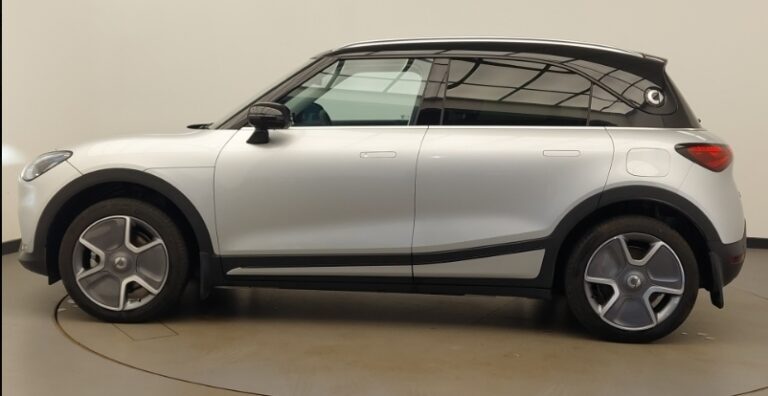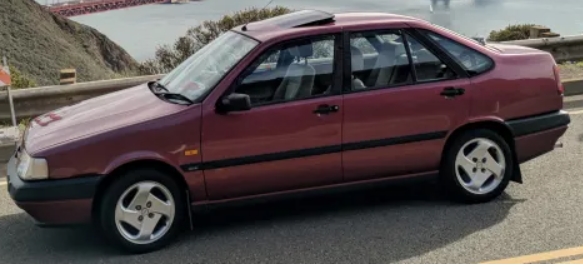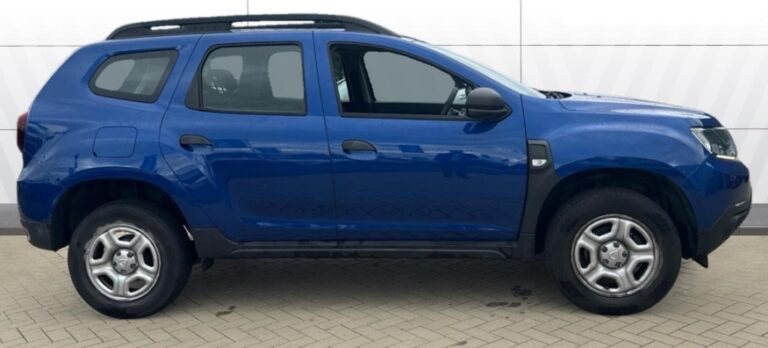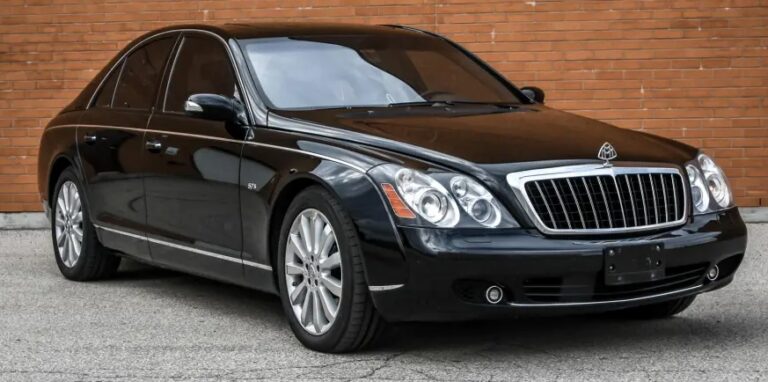The Evolution of the Mercury Mountaineer: A Journey Through Time
The Mercury Mountaineer stands as an emblem of the American automotive landscape, owing its origins to the mid-90s boom in popularity for sport utility vehicles (SUVs). Introduced as Mercury’s flagship SUV and produced from 1996 to 2010, the Mountaineer underwent several transformations, appealing to a wide range of consumers during its lifecycle. Let’s explore the evolution of the Mercury Mountaineer, its various models and trim levels offered throughout the years.
A Launch in 1996: The Early Years
The Mercury Mountaineer made its debut in 1996 as a more upscale sibling to the Ford Explorer. Built on the same platform as the Explorer, the Mountaineer featured distinctive Mercury styling that set it apart. The introduction marked Mercury’s entry into the burgeoning SUV market, and it was positioned as a family-oriented vehicle.
Trim Levels:
In its inaugural year, two trim levels were available: the base Mountaineer and the Mountaineer Premium. Buyers could choose between a V6 engine and a more powerful V8, catering to those looking for performance without sacrificing comfort.
The Second Generation (2002-2005): A New Era
The second generation Mountaineer was launched in 2002, showcasing a complete redesign. This version adopted a more rugged appearance and introduced a host of new features aimed at attracting families and outdoor enthusiasts alike.
Trim Levels:
For this generation, the Mountaineer came in three trim levels: the base Mountaineer, the Mountaineer Convenience, and the Mountaineer Luxury. Noteworthy was the introduction of an AWD system that improved handling and traction, particularly for those venturing off the beaten path. The V8 engine became more popular, providing additional towing capacity alongside a more responsive driving experience.
In 2004, the Mountaineer received a mid-cycle refresh that included a revamped front fascia, improved interior materials, and enhanced safety features such as side-curtain airbags, indicating Mercury’s commitment to safety.
The Third Generation (2006-2010): The Final Chapter
The final generation of the Mountaineer started in 2006, marking the end of an era. While the overall design remained similar to its predecessor, it underwent modernizations reflective of the mid-2000s. The vehicle now aligned more closely with its Ford Explorer counterpart yet still carried unique Mercury attributes.
Trim Levels:
The 2006 Mountaineer was available in three primary trim levels: the base Mountaineer, the Premier, and the totally equipped Mountaineer AWD SUV. The Premier trim offered luxury features like leather seating, a premium sound system, and improved performance features that enhanced its driving dynamics.
Throughout its lifecycle until 2010, Mercury placed a strong emphasis on reliability and comfort. This was evident with the introduction of advanced technology options such as navigation systems, a rear entertainment system, and enhanced safety features like a rear parking aid.
The 2008 model year marked a notable change, as Mercury began offering a new engine option – a 4.0-liter V6 which replaced the previous base engine, maintaining a V8 option for those seeking more power.
The 2010 model year was significant as it was the final production year for the Mercury Mountaineer. As consumer preferences shifted towards crossovers, the Mountaineer was quietly retired, closing the chapter on a beloved SUV.
.

.
The Legacy of the Mercury Mountaineer
Though no longer in production, the Mercury Mountaineer left an indelible mark on the SUV segment. It was appreciated for its versatility, spaciousness, and relatively affordable price point. Throughout its run, the Mountaineer successfully appealed to families, young professionals, and outdoor enthusiasts, supporting an active lifestyle in comfort.
The Mountaineer was part of Mercury’s brand strategy to capture a specific demographic – appealing to consumers who preferred a more refined image than what was traditionally associated with Ford. The Mercury Mountaineer encapsulated the shift in consumer preferences towards SUV-style vehicles, which would ultimately dominate the automotive market.
Cultural Impact:
The Mountaineer also became a symbol of the changing American car culture during the late 1990s and early 2000s, reflecting an appetite for vehicles that combined utility with household-friendly features. It represented an era when SUV sales soared, leading to an expanding market rife with competition and innovation.
Conclusion
The evolution of the Mercury Mountaineer encapsulates a noteworthy chapter in the story of American auto manufacturing. From its launch in 1996 to its retirement in 2010, the Mountaineer adapted to the needs and wants of consumers while facing fierce competition from rival brands. Despite its discontinuation, the Mountaineer remains fondly remembered by enthusiasts and owners alike who appreciate its blend of upscale features and rugged capability.
As we look back on the Mercury Mountaineer’s journey, it serves as a reminder of a time when an American-built SUV could encapsulate both adventure and comfort. While the Mercury brand faded into history with the closing of dealerships and the cessation of production, the legacy of the Mountaineer still lives on among automotive aficionados, serving as a nostalgic reminder of the SUV boom.







